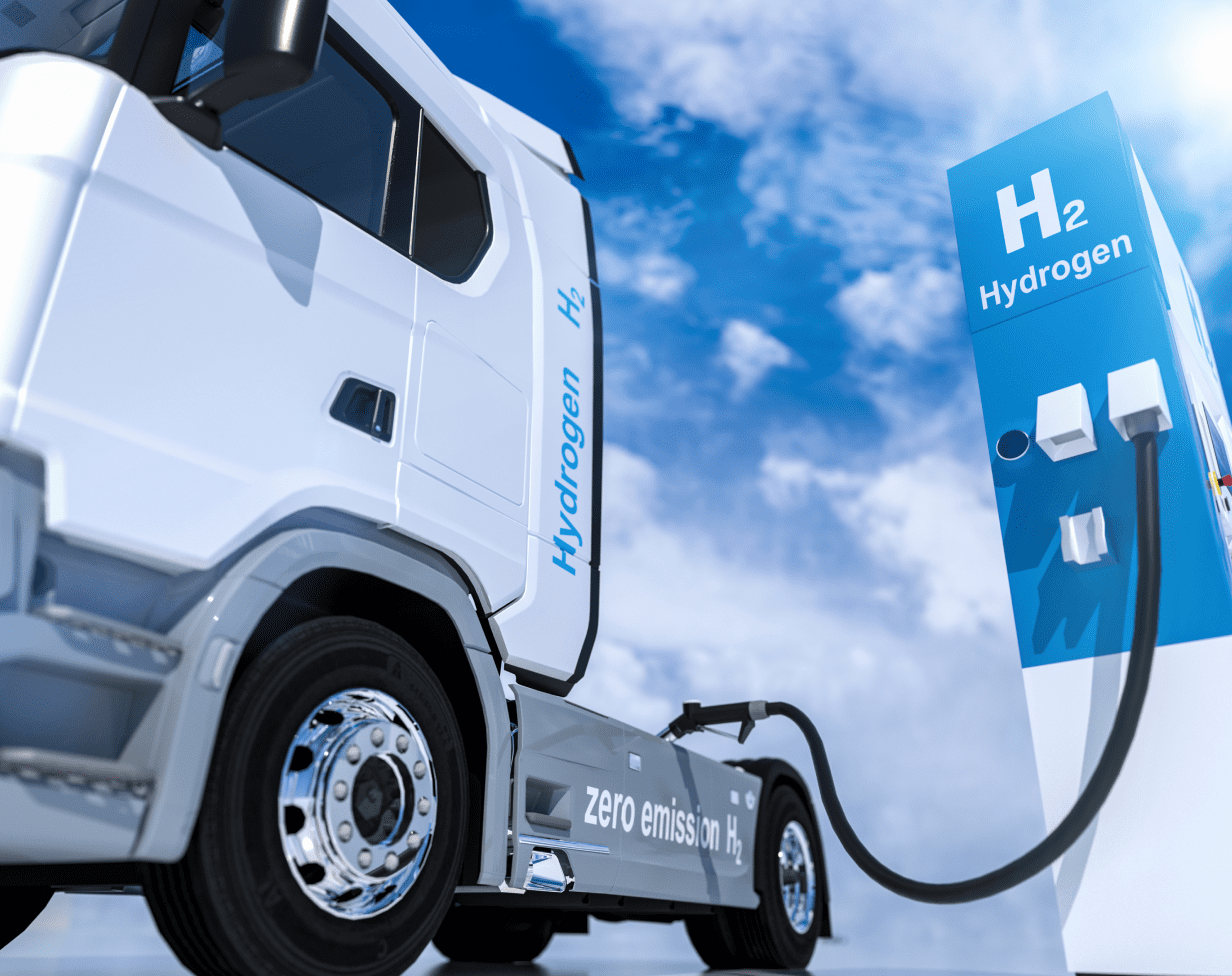New alternative energy sources and fuels such as Hydrogen have received significant market hype over the past years, but ultimately have yet to prove attractiveness by way of improved cost metrics. A liter of hydrogen is still 5-7 times more costly than fossil-fuels, making swift market uptake less viable. Although great in terms of its light weight, the energy density of hydrogen is outperformed by other liquid fuels as an energy carrier, particularly in gaseous state. Moreover, this requires pressurizing the hydrogen to multiple hundreds of barg, itself an energy demanding process that entails real safety concerns. We believe the only proposition for making hydrogen viable at scale, is storing, transporting and utilizing hydrogen in liquid state – LH2.

LATTICE has paired its unique LPV tank solution with a new proprietary insulation concept called the V-CCS (Vacuum Cargo Containment System), to ensure that hydrogen is effectively contained at -253°C in liquid form at atmospheric pressure. The V-CSS, as with the tank itself, can be scaled to tremendous sizes allowing for instance for intercontinental freight of LH2 without significant losses or boil-off along the way. The V-CCS consists of a special corrugated metal jacket that is welded together around the LPV tank. It acts as the outer barrier holding vacuum between it and the LPV tank shell. It is further insulated with polyurethane blocks to ensure effective containment at sub-critical temperature. Thermal stresses are equally contained within the system, designed to expand and contract in similar measure, thus catering to the extreme operating conditions for LH2.
By enabling this type of functionality and scalability, we open the way for LH2 to become a much more attractive fuel alternative for global transportation. More importantly, it allows us to bypass using less effective cylindrical tank solutions. This is key for numerous sectors; all from cruise ships having to divert to a zero-emission fuel whence entering a harbor or fjord, to enabling fuel-tanks heavy-duty vehicles such as trucks or public transport systems like buses to become emission free. Even hydrogen for the aviation industry becomes feasible with a compact, optimized and tailored LPV tank for containing the LH2. Crucially, these are the elements that bring down the levelized cost of hydrogen and its value chain – allowing mobility and transportation to become truly green.
LH2 carrier and terminals (export and import)
As partner in a joint Korea-Australia project for developing a seaborne LH2 supply chain, including support from the Korean government, LATTICE has designed containment solutions for facilitating intercontinental transportation and related infrastructure of LH2 at scale from Darwin, Australia to Pyeongtaek, Korea. The study package included design of 75,000m3 capacity barge terminals for exporting and importing LH2, and 50,000 m3 (4x 12,500m3 tanks) LH2 carrier. LATTICE was awarded an Approval in Principle (AiP) for the LH2 tanks from Lloyd’s Register (carrier) and from Bureau Veritas (terminal). Preliminary project economics showed that the levelized cost of Hydrogen could reach parity with fossil fuels by 2030.
LH2 fuel tanks for heavy-duty vehicles
LATTICE has been engaged by government sponsored projects investigating use of LH2 for public transportation systems. A project funded by the Seoul Metropolitan Transport Authority saw LPV tanks integrated into buses. Increasingly, many of the major manufacturers of heavy duty-vehicles, whether it be trucks or excavators, are acknowledging the opportunities for decarbonizing their product portfolio (and their customers) by using LH2. LATTICE has conducted customer driven inquires as to the benefits of LPV over cylindrical solutions: LATTICE managed to increase volumetric capacity with 78% to a fuel tank, against increasing tank weight only by 26% – significantly extending the overall range of the truck before having to refuel.
Contact us to see how we improve the performance of your OCCS system.


Space efficient, fit-for-purpose, containment solution maximizing volumetric capacity for LH2, whether as fuel- or cargo tank.
Retains LH2 at sub-critical temperature with minimal boil-off or loss.
Tailored tank + insulation system that caters to ocean-, land- and even air-transportation systems.

Approved by ASME, all major Classification Societies, US Coast Guard